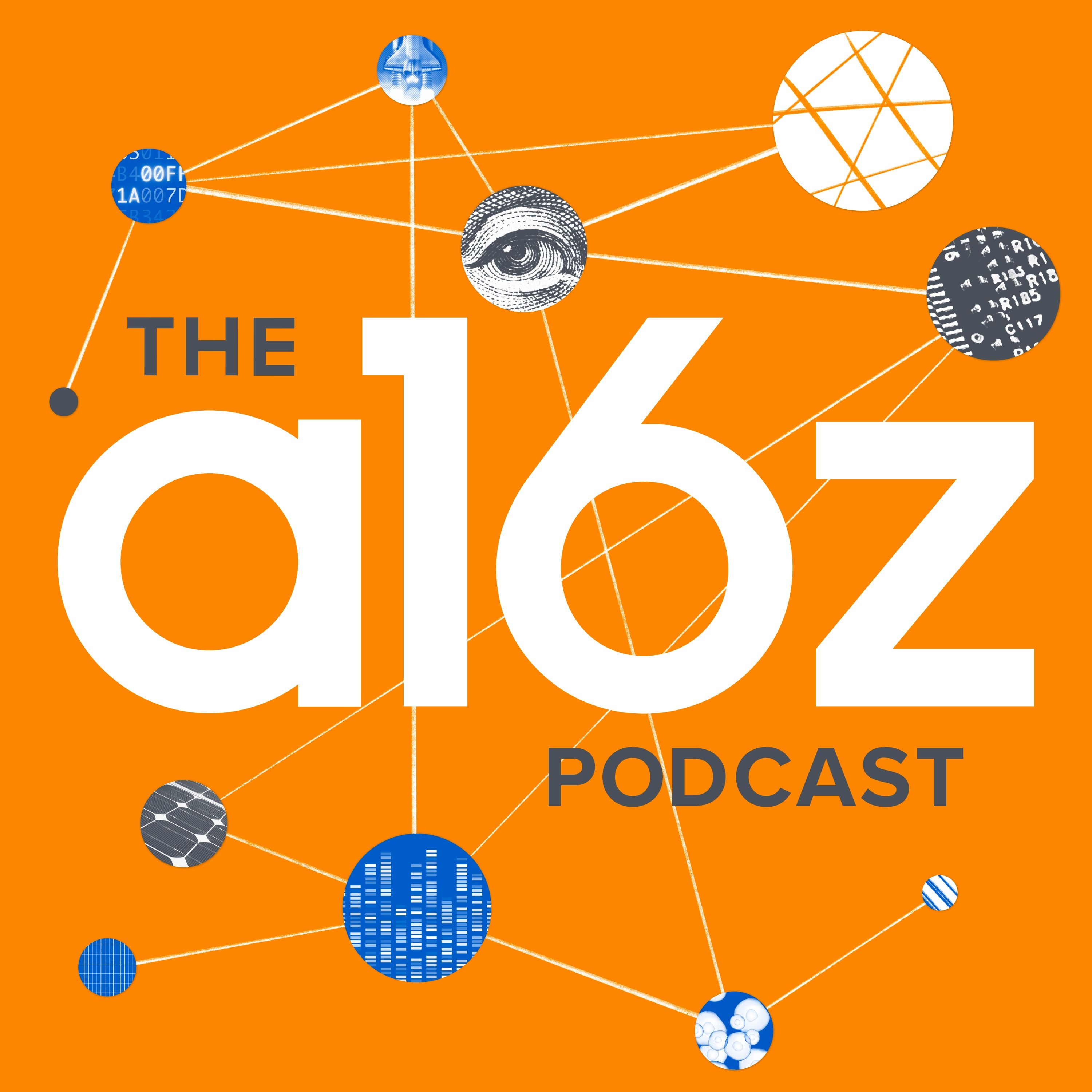Summary of A16z Podcast Episode: Genome Engineering: Past, Future, and George Church | Its Time to Heal #4
— Description —
Discover why homologous recombination and genetic circuits may not be as effective in synthetic biology as we once thought Explore the rapid advancements in tools and capabilities that could make these techniques viable in the near future While therapeutics are important, the real revolution lies in masks and social distancing
Learn about the essential features a mask should have, including a HEPA filter and proper sealing Find out how Dr Churchs lab thrives on a positive feedback loop, embracing failure and fostering a nurturing environment for success.

Genome Engineering: Past, Future, and George Church | Its Time to Heal #4
Key Takeaways
- What we thought would work in synthetic biology but doesn’t: homologous recombination and genetic circuits
- Tools and capabilities are getting better at such a rapid speed that things that don’t work right now may work in the near future
- We need therapeutics but the real revolution is in masks and social distancing
- Masks should have a HEPA filter, cover, and seal from the neck up, and keep the face visible – see Dr. Church’s Twitter for an image prototype
- The success behind George Church’s lab comes from a positive feedback: good candidates and lucky breaks, and a nurturing environment which tolerates and encourages failure
Introduction
- Dr. George Church (@geochurch) is a Professor of Genetics at Harvard Medical School and Professor of Health Sciences and Technology at Harvard and the Massachusetts Institute of Technology (MIT). Among his many successes, he leads the Synthetic Biology lab which focuses on developing innovative technology for synthesizing whole genes, engineering whole genomes, and genome sequencing.
- On this special episode of the a16z podcast, Dr. George Church (@geochurch) visits general partners Vineeta Agarwala (@vintweeta), Jorge Conde(@jorgecondebio), Julie Yoo (@julesyoo), and Vijay Pande (@vijaypande), and a16z cofounder Marc Andreessen (@pmarca) to discuss the future of synthetic biology, successes and failures of the field, and what makes his lab so successful.
- Book: Regenesis by George Church
What Regenesis Got Wrong
- There weren’t timeline predictions in the book but the pace of synthetic biology is moving faster than anticipated
- Regenesis was more optimistic about chirality – a way to make organisms resistant to viruses, pathogens, and enzymes by changing the handedness of molecules
- CRISPR and technology like that wasn’t mentioned
- What Regnesis got right: multi-plex editing used in CAR-T therapy – editing multiple sites in genome is taking off
- Fun fact: Regenesis was coded into DNA and made 70 billion copies
Synthetic Biology: What Works, What Doesn’t
- What doesn’t work: homologous recombination – the exchange of genetic information between molecules to repair harmful breaks
- What doesn’t work: genetic circuits – there’s a push to compare biology to circuits but it has proved to be fruitless so far
- What works: it’s surprising how well synthetic libraries work – similar to a computer that allows you to directly target one tissue over others
- What works: tools and capabilities are getting better so things that don’t work now, might work in the near future
Biology Advances & COVID-19
- Of course, we need vaccines and therapeutics, but the real revolution is in masks and social distancing
- The masks have been terrible, but something is better than nothing
- If you take your mask off to eat and drink, you defeat the purpose
- Masks should have a HEPA filter, cover, and seal from the neck to above the nose, but keep the face visible – see Dr. Church’s Twitter for an image prototype
- Dr. Church was part of an early study that tested a vaccine which cost about $.25/dose, used nasal delivery, unique carrier, could customize peptides involved
- COVID-19 could be as simple as polio and measles (where we have an effective vaccine that alleviated) or as complicated as something like HIV
- Current vaccines use mRNA technology to deliver antigens
What’s Behind George Church’s High Output Of Entrepreneurs?
- Concentration of good people that come from Harvard and MIT
- The lab is aimed at bridging pure science with societal benefit
- “Lucky breaks” in next gen sequencing, synthesis, editing, and multiplexing
- Positive feedback look of good candidates and lucky breaks
- Lab is an encouraging environment which encourages thinking outside the box and teaches people to take a “fantastic number of shots on goal” – instead of thinking and trying to create the perfect study design
- “The key to having a big company is having a big number of patents” – Dr. George Church
- To improve flow of talent in other labs, create an environment that tolerates and even encourages failure